2020 was a year many of us would like to forget. But despite the COVID-19 pandemic, 2020 saw significant momentum for electric vehicles and there is no doubt that they will be the dominant powertrain of light cars and trucks in the future.
With this article, I wanted to look back on my content from 2020 and share EVAdoption articles that had the most page views along with my personal favorite CleanTechnica and EVAdoption articles that I wrote.
Top 5 Most Viewed EVAdoption Articles in 2020
1. Will the Toyota RAV4 Prime PHEV Become the “New Prius”? (January 9, 2020) – The first article I wrote in 2020 was based on my excitement around the Toyota RAV4 Prime. This PHEV with around 40 miles of EV range had the potential to sell 50,000 vehicles in the US. The regular RAV4 was the number 4 selling vehicle overall in the US and the Prime had the potential to be the highest selling EV in the US after the Tesla Models 3 and Y. And consumers shared my enthusiasm. I’ve never received more emails and comments than on this article about the RAV4. Unfortunately, Toyota did not get their supply chain together and only sold 1,500 RAV4 Primes in 2020. Unfortunately, I don’t have much hope for 2021.
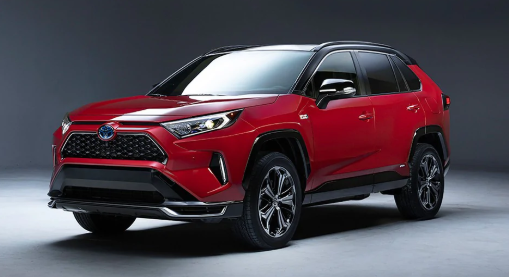
2. 2019 US EV Sales Decreased an Estimated 7% to 9% – 6 Reasons Why (January 20, 2020) – In this article I shared the most likely reasons EV sales had a YOY decline, including the fact that 2018 was a monster year for US EV sales with the Tesla Model 3 being in its first full year of production. Other factors included sales declines among many now less competitive EVs, no significant new EVs brought to market, and limited availability of several EVs from Hyundai, Kia, and Honda.
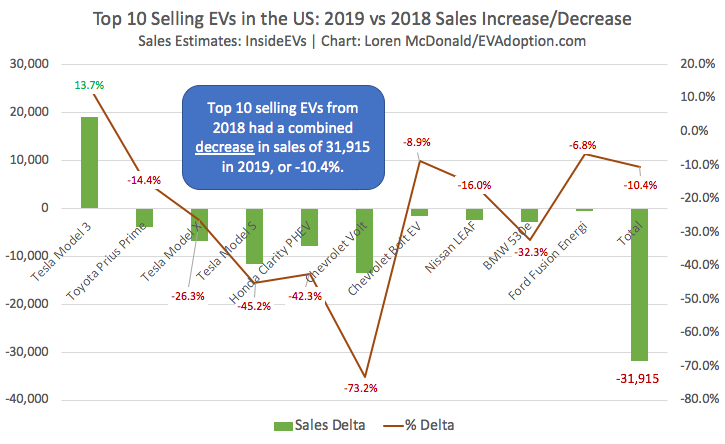
3. US Hybrid Sales Rebound in 2019 – Will Hybrids Steal EV Sales in 2020 (February 15, 2020) – While Toyota Prius sales have fallen like a rock in recent years, other models from multiple brands and in particular Toyota and Lexus have done well. While all of the 2020 numbers are not in yet, it is possible the answer to the question I posed last year is at least a partial yes with Toyota showing they’d rather sell regular hybrids than PHEVs.
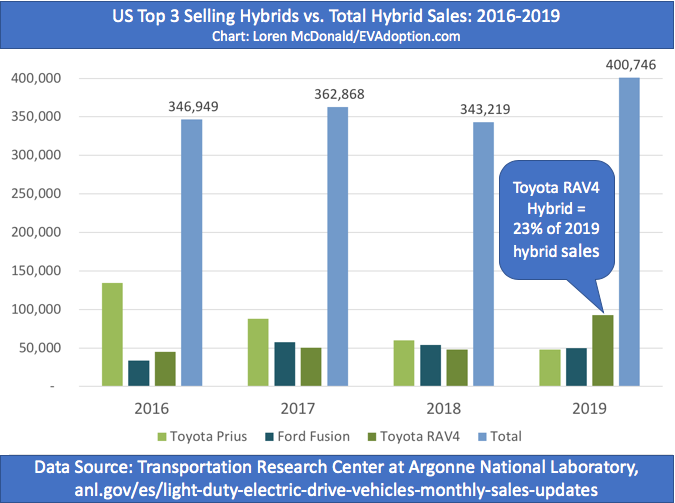
4. Will Tesla Dominate US Electric Vehicle Sales in 2030? (October 18, 2020) – In this article I shared my estimate that by the end of 2030, Tesla’s electric vehicle sales share in the US would drop to ~21%. This is a fairly significant drop in sales share from the 66.6% I forecasted for 2020, however, it is not unexpected as the other OEMs gear up EV production in the coming years.
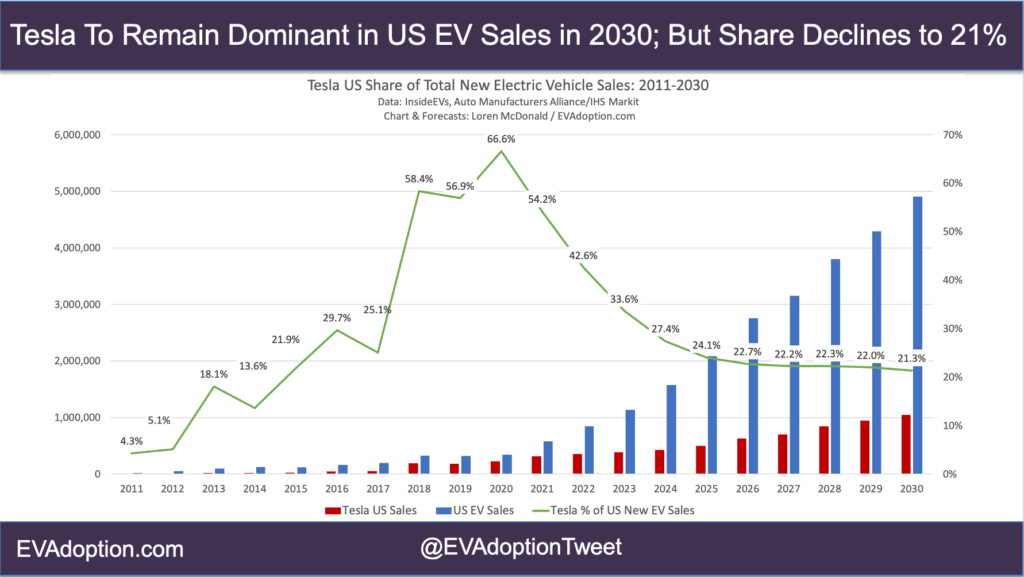
5. Low Gas Prices: The Double-Whammy Negative Impact on US EV Sales (April 30, 2020) – Using data from GasBuddy, the average price per gallon of gasoline in the US was roughly $1.74 on April 25, 2020, a decline of $0.79 or 31% since January 25. A lot of analysts don’t share my opinion around the impact of gas prices on EV sales, but whether it is causal or correlation, states with the highest gas prices also tend to have the highest sales share of EVs. My belief is simple: High gas prices cause consumers to consider more fuel-efficient vehicles – whether hybrid or EVs. And when gas prices are low, many consumers have no motivation to consider these alternative powertrain vehicles.
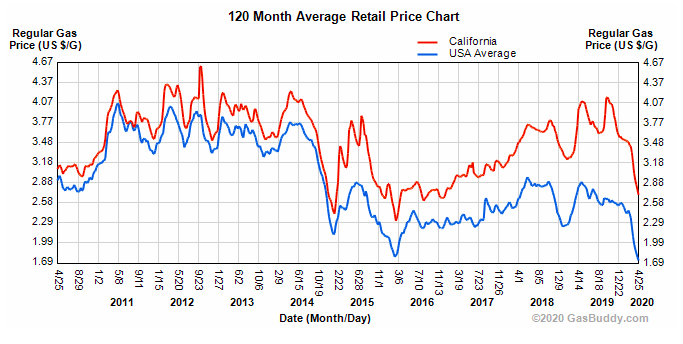
My Personal Favorite EVAdoption Articles From 2020
Following are a few of my favorite articles from 2020 that didn’t make the top of the page-view ranking, but were ones I was most proud of.
What’s the Future of Oil Changing Shops When Cars Go Electric? (July 8, 2020) – The US oil change services industry was forecast to be $7.9 billion in 2020 and has grown 2.4% per year on average between 2015 and 2020. Looking at a list of 34 services from the Jiffy Lube website, 14 of them or 41 percent will no longer be needed when electric vehicles dominate the US market. Six services or 18 percent will be of low or medium importance, but on the positive side another 14 or 41 percent remain of high value and decent revenue potential for oil change service businesses.
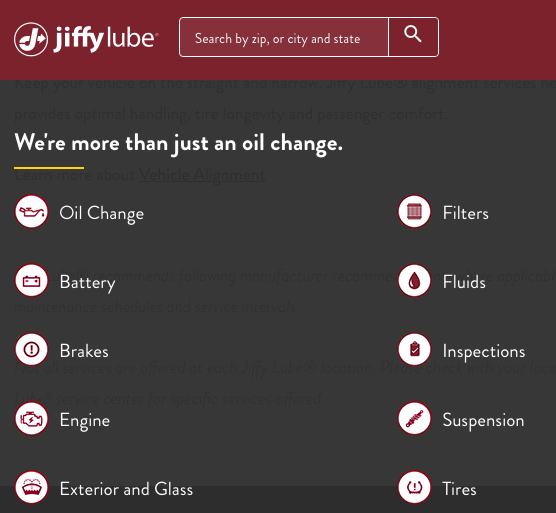
Multi-Vehicle Households in the US: A Huge Opportunity For Lower-Range EVs (August 2, 2020) – There is so much focus on the need to produce EVs for US consumers that have 300 miles or more of range – that we’ve overlooked the immediate opportunity for EVs. In the US 58% of households have 2 or more vehicles which means that many households can easily get by with an EV with 200-250 miles of range for 95%+ of their needs. And they can then rely on a second gas vehicle for the few long road trips they might take each year.
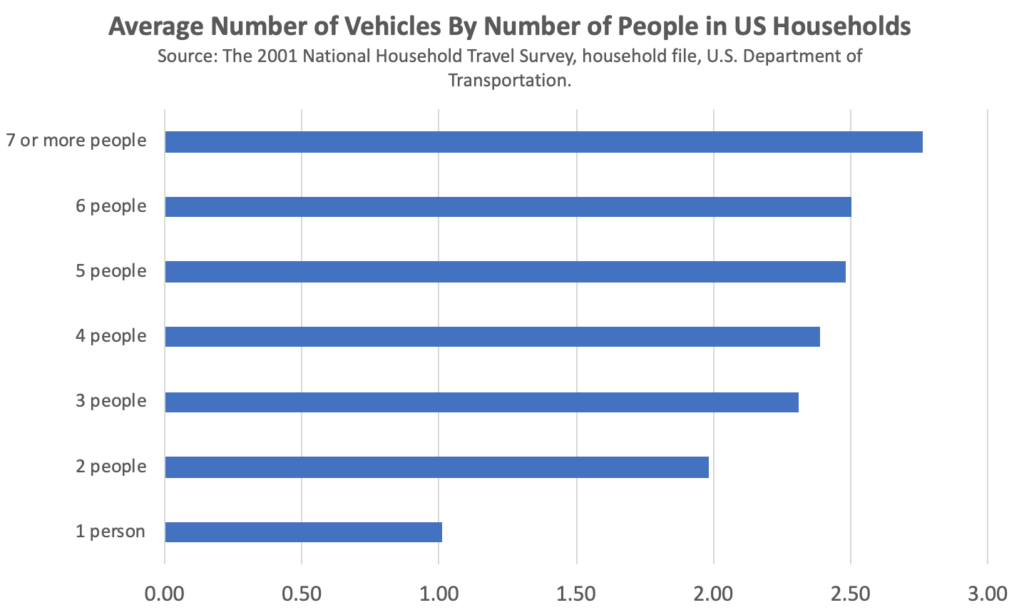
EV Companies Are Racing to Go Public Via SPACs (December 14, 2020) – One of the biggest stories of the year (which continues into 2021) was the parade of electric vehicle makers, autonomous vehicle technology, and charging network and equipment companies going public through mergers with special purpose acquisition companies (SPACs). In addition to creating a table and tracking these SPACs and other publicly-traded EV companies, I speculated (spaculated?) on which companies would either merge with a SPAC or go public the traditional way. It now looks like both Proterra and Lucid Motors may merge with SPACs. Stay tuned for more in 2021.
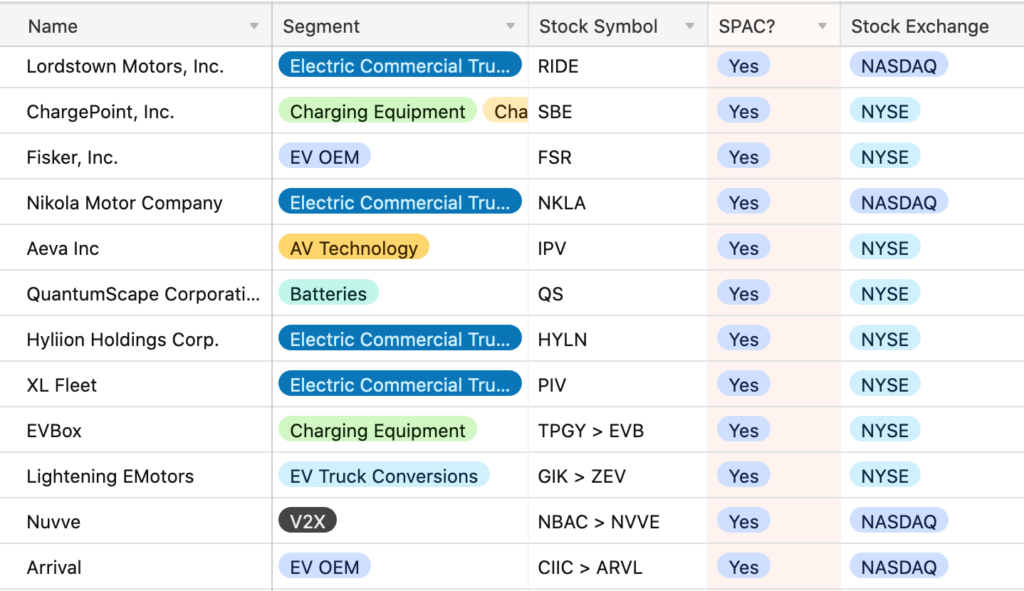
Can the US Reach 50 Million EVs in Operation by 2030? (September 26, 2020) – Inspired by a webinar presentation from Mary Britta of the Rocky Mountain Institute (RMI), which included an opening salvo that in order to achieve climate goal targets, the US would need to reach 50 million (or about 1/5) of vehicles in operation being electric by 2030. The short answer to the question I posed is no – not without significant regulations such as major emissions penalties or an outright ban of vehicles powered by the internal combustion engine.
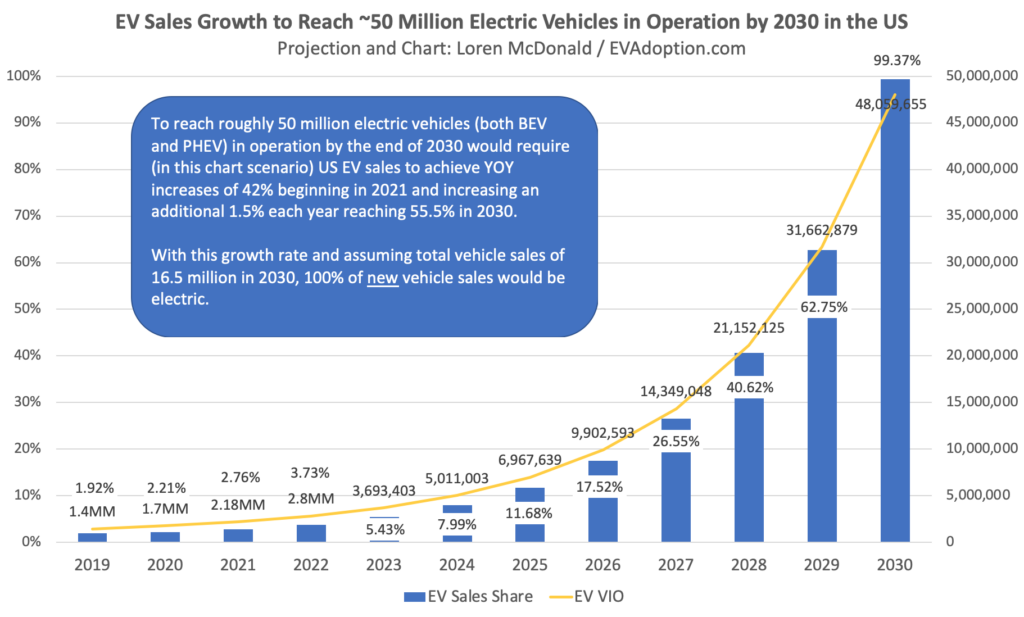
Range: It’s No Longer The Key Excuse for Not Buying An EV (August 11, 2020) – With the overall average range of electric vehicles available in the US headed toward 300 miles in the next few years, range as the key hurdle to adoption is being surpassed by concerns about charging speed and infrastructure.
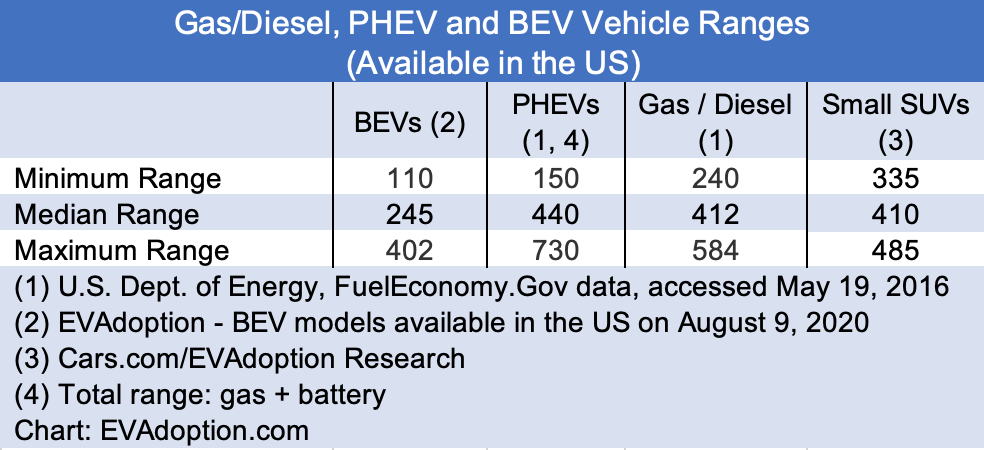
14 Legacy Auto Brands Without an EV in the US: When Will They Join the EV Party? (July 26, 2020) – A follow-on article to this one, 42% Of Legacy Automakers Still Don’t Offer An EV in the US, I shared some analysis revealing that 14 automakers as of July 2020 and then by year end 2020 and 2021, would have zero electric vehicles available in the US. I also provided insights on the future EV plans of these 14 legacy automakers.
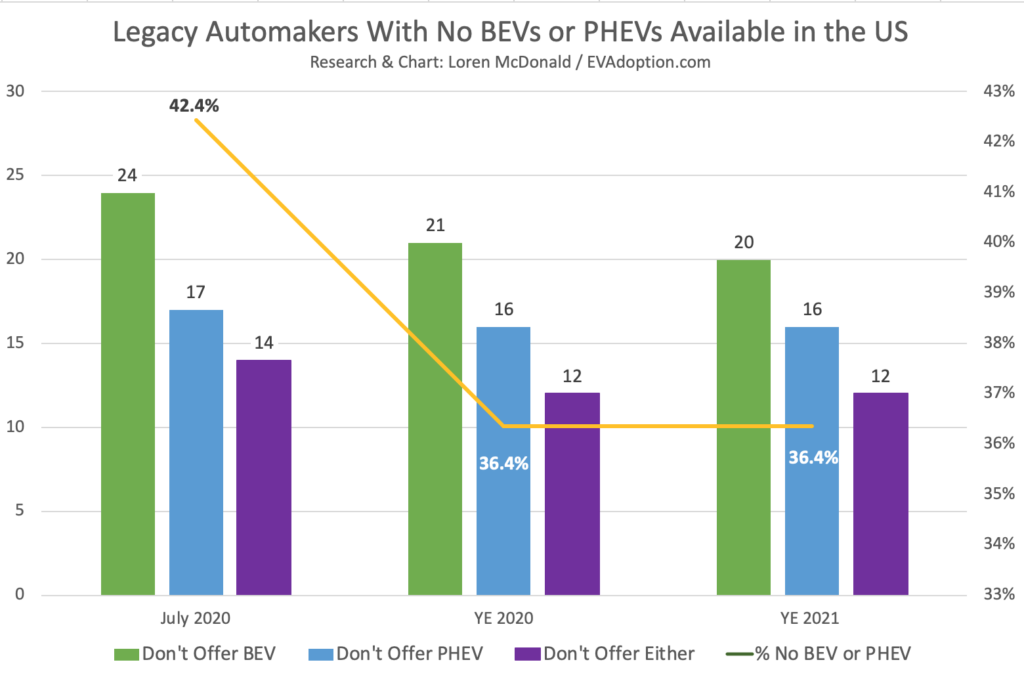
Favorite Articles I Wrote for CleanTechnica
In addition to producing content for EVAdoption, I try to contribute an average of one to two articles per month to CleanTechnica, as it provides a much broader reach and exposure for my content and analysis. In 2020 I contributed 18 articles and the following are my six favorite:
How An Increase In Telecommuting Might Impact The EV Charging Mix (June 14, 2020) – Many companies including Twitter, Square, Facebook, Google, and others announced last spring that they would let many employees continue to work from home once stay-at-home orders dissipate. With potentially 10% to 20% of white collar workers not returning to the office (at least 5 days per week) – I outlined what this could mean to the mix of types of EV charging that would be used and needed in the US.

Should Tesla Spin Off Its Supercharger & Destination Charging Networks (December 27th, 2020) – While most people disagree with me on Tesla spinning off its charging networks, doing so would help increase EV adoption in the US.
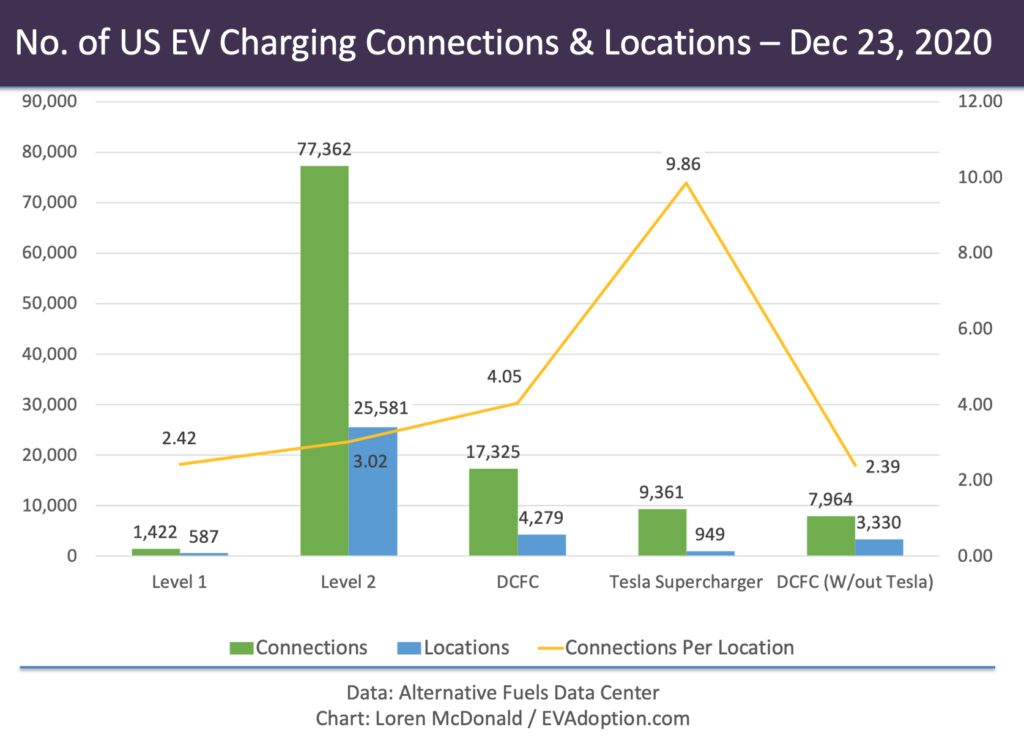
Lucid Motors: Building A “No Compromise” Brand (September 13th, 2020) – As a lifelong marketer, I often try to bring a different angle to writing about the automakers and like to look at areas such as brand and marketing. This article was fun as I got to spend about two hours at the Newark, CA headquarters of Lucid Motors over two visits with the company’s VP of Design, Derek Jenkins.
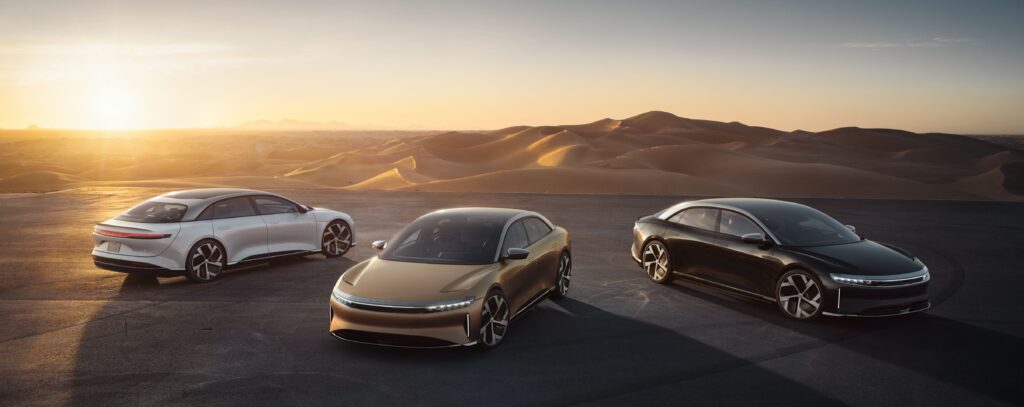
Can The New Cadillac LYRIQ EV Reinvigorate The Cadillac Brand? (August 7, 2020) – Another article about brand, I dove into whether the upcoming LYRIQ luxury electric crossover can get consumers excited about the Cadillac again.
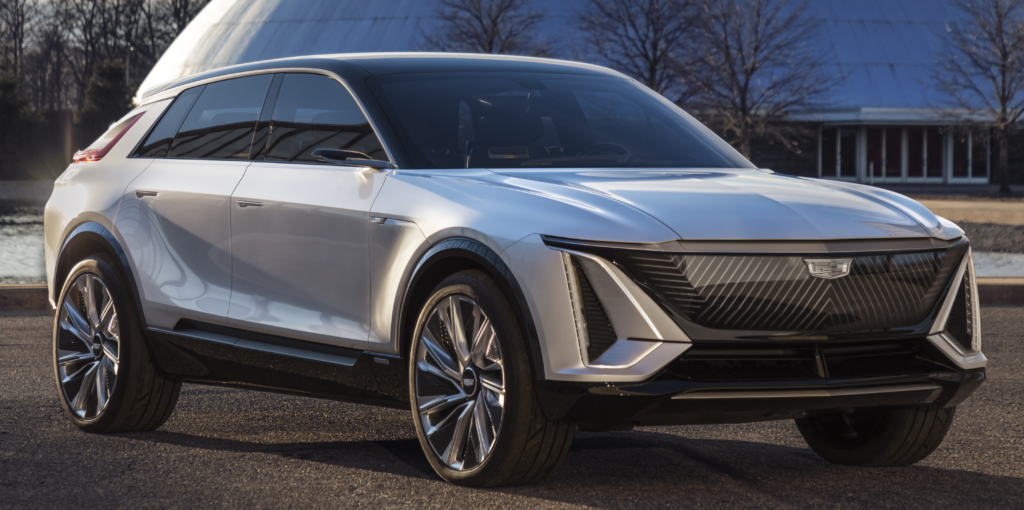
Lower-Range BEVs Are Seeing Strong Sales In Europe (August 2, 2020) – This was partially a follow-on to my article about Elon Musk not wanting to offer a less than 250 mile range Model Y, but it was fundamentally about using data to show how Europe and the US are very, very different markets. Small cars with less than 250 miles of range do very well in many European countries, whereas American consumers are still in love with the idea of a 300-mile range SUV.
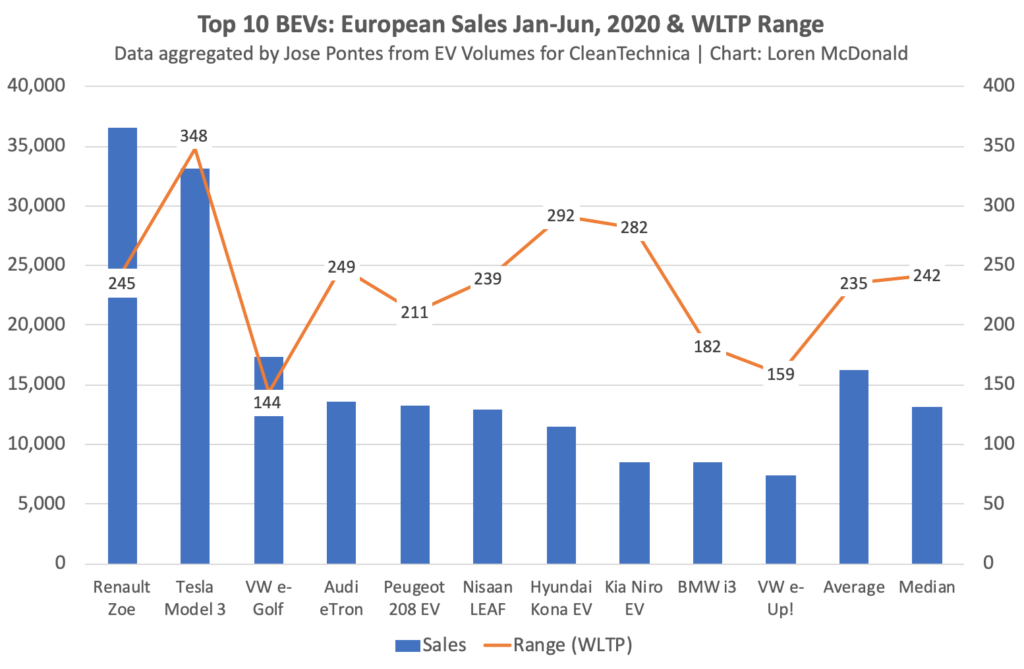
Is Elon Musk Wrong About An Under-250-Mile Range Model Y? (July 25, 2020) – One of my favorites simply because Elon Musk and Tesla subsequently proved I was correct when in December they launched a Model Y with 244 miles of range.
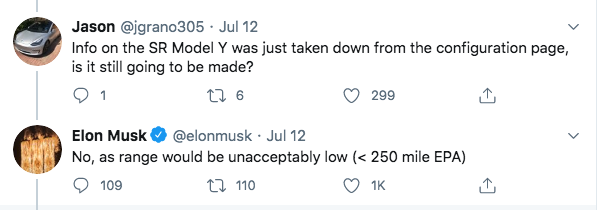
I’d like to thank all of my readers who have been with me since 2017 here and on CleanTechnica! If you have a favorite article or have a topic you’d like me to write about in 2021, please share it in the comments.

